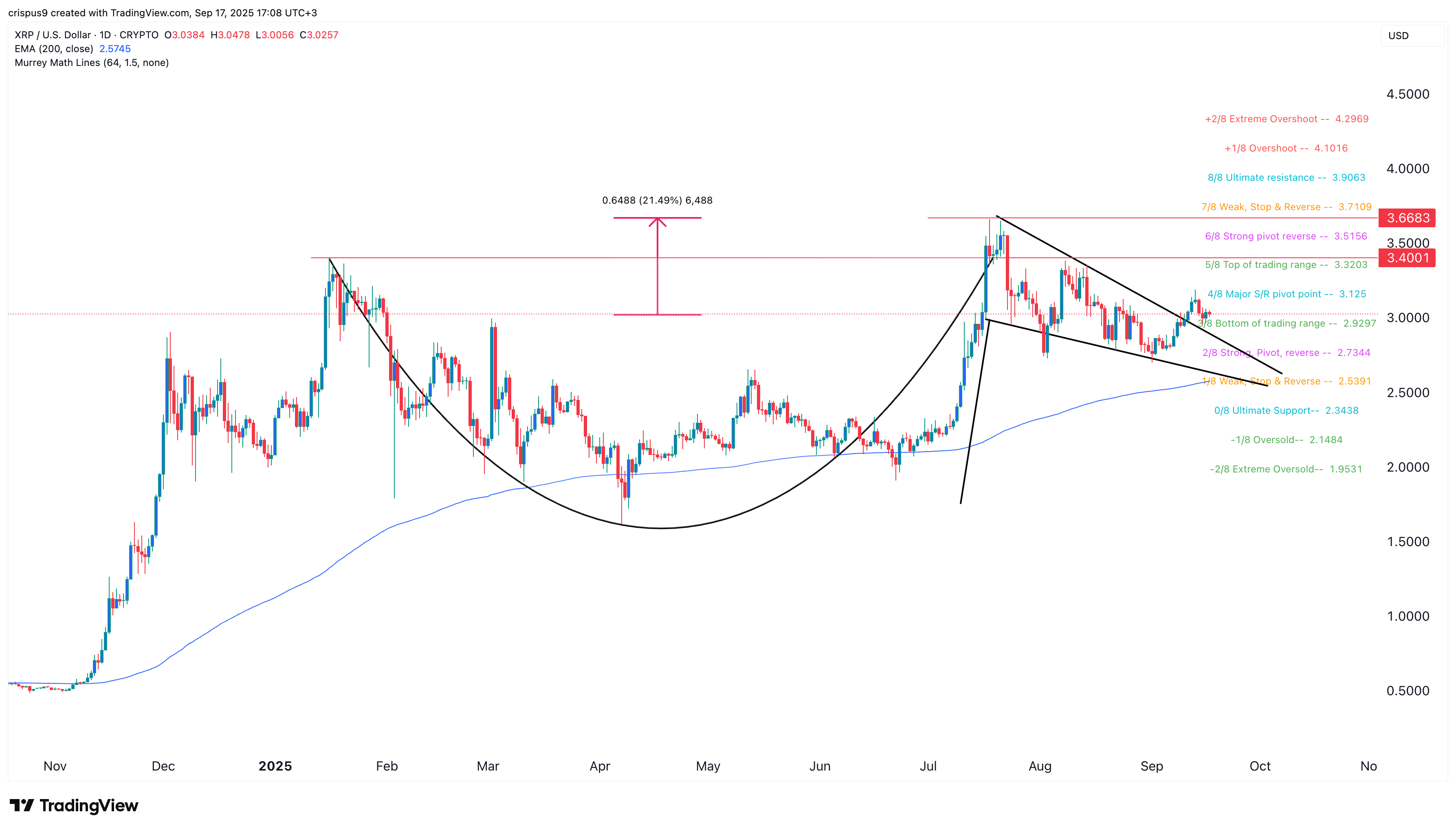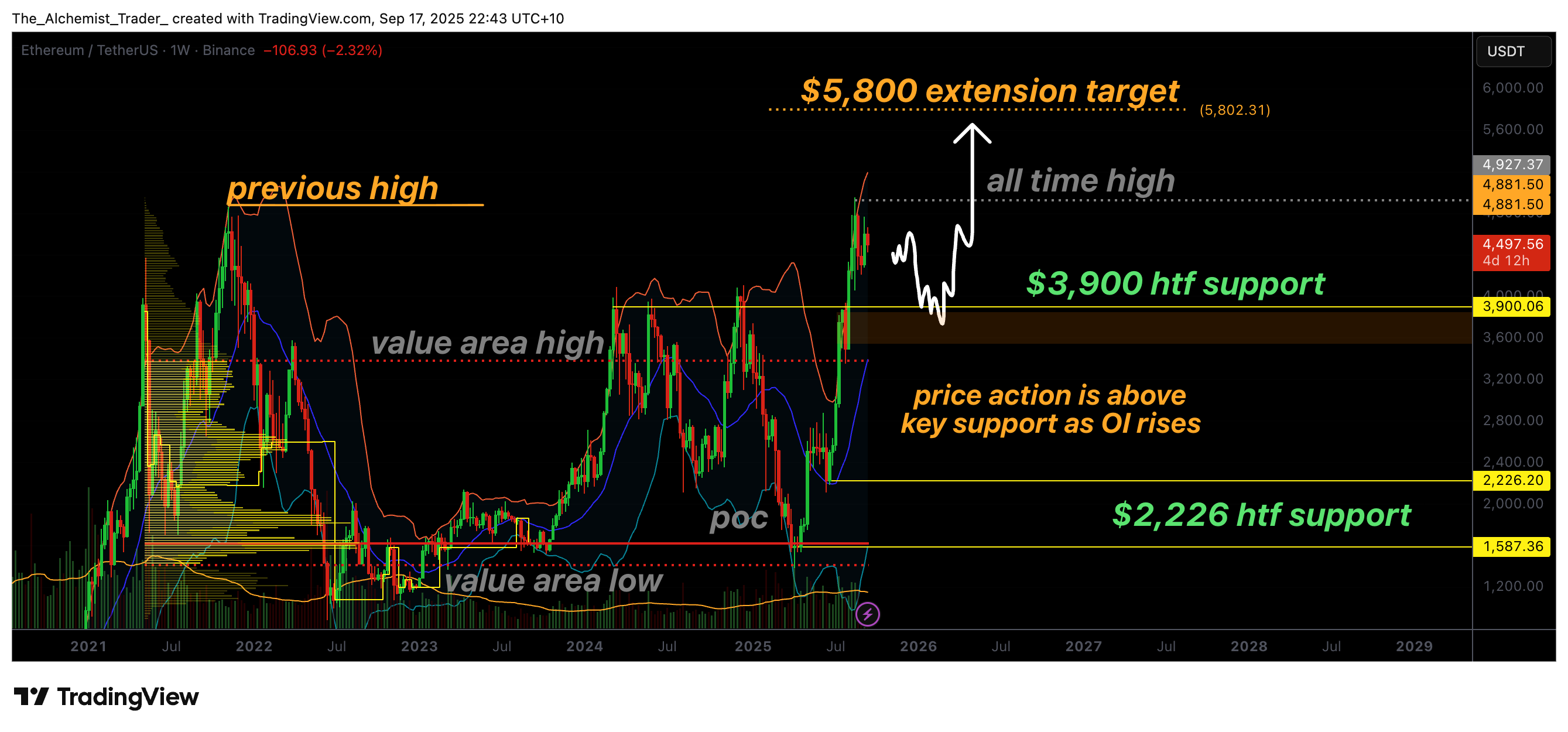Can Ethereum provide a settlement layer for financial markets?
Disclosure: The views and opinions expressed here belong solely to the author and do not represent the views and opinions of crypto.news’ editorial.
Public blockchains have a role to play in the future of financial markets, and Ethereum is well-positioned among public blockchains to act as a settlement layer. Understanding risk in the Ethereum ecosystem is vital to building robust applications for financial markets.
The benefits of blockchain and tokenization
For years, institutions have explored the use of blockchain and tokenization in financial markets. They aim to save time and money by streamlining settlement processes, using blockchain as a single source of truth among transaction participants, and reducing the need for cumbersome reconciliation efforts across participants’ records.
Institutions also hope to make more asset types easier to use as collateral for transactions and to manage liquidity more efficiently by enabling intraday transactions. Holding assets as tokens on a blockchain should be an improvement over existing systems for most investors, and it should be possible to tokenize most financial assets. So, in the long run, shouldn’t all assets be tokenized?
Real use cases but small volumes
The key use cases so far in traditional financial markets are digital bonds (the issuance of a bond as a token on a blockchain) and tokenized Treasuries (or tokenized money market funds, shares in a fund holding US Treasuries). We have rated digital bonds across sovereign, local governments, banks, multilateral institutions, and corporates.
We have also seen traditional financial incumbents setting up tokenized money market funds, such as Blackrock’s BUIDL fund. However, to date, the volumes of digital bonds and tokenized money market funds remain a tiny fraction of the volumes issued in traditional markets. What’s holding back adoption?
Challenges to adoption
Interoperability
The first key challenge is interoperability. Investors need to access the blockchains on which the tokenized assets are built, and institutions need to connect their legacy systems to those blockchains. To date, digital bond issuers have primarily used private permissioned blockchains, each of these being a “walled garden” set up by a specific institution. This does not support a liquid secondary market for these bonds to trade, hindering wider adoption. Different paths are emerging to address these challenges, including the use of:
- Public blockchains. In recent months, we have seen the issuance of digital bonds on public blockchains, including Ethereum and Polygon. Blackrock also issued the BUIDL fund on Ethereum;
- Private permissioned blockchains shared between a network of partner institutions;
- Cross-chain communication technologies to allow different private and public chains to interact while mitigating security risks.
On-chain payments
The second key challenge is executing the cash leg of payments on-chain. Most digital bonds have used traditional payment systems rather than on-chain bond payments. This limits the benefits of issuing on-chain, weakening issuers’ incentive to issue and investors’ interest in buying digital bonds. In recent months, however, we have seen the first digital bonds from traditional issuers using on-chain payments in Switzerland, using a wholesale digital Swiss Franc issued by the Swiss National Bank specifically for this purpose.
In jurisdictions where central bank digital currencies are further from crystalizing, privately issued stablecoins may similarly be tools that support the on-chain cash leg in financial market transactions. Emerging regulatory frameworks in key jurisdictions will enhance investors’ appetite to engage with stablecoins and the features they enable, boosting the adoption of on-chain payments.
Legal and regulatory considerations
Institutions remain cautious due to legal and regulatory questions, particularly with regard to their privacy, KYC/AML obligations, and whether it is possible to meet these obligations when using a public permissionless blockchain such as Ethereum. Technical innovations are emerging that address these challenges at different levels rather than the main Ethereum settlement layer. For example, zero-knowledge-proof technology can support privacy applications, whereas new token standards (such as ERC-3643 for Ethereum) enable transaction permissioning at the asset level.
Ethereum’s position in financial markets
Among public blockchains, Ethereum is well-positioned to gain adoption in a financial market context. It is where most of the liquidity in institutional-focused stablecoins currently resides. It benefits from relatively mature and battle-tested technology in its execution and consensus mechanisms, as well as its token standards and decentralized finance markets.
Indeed, some of the main private blockchains used in financial markets have been developed to be compatible with Ethereum’s virtual machine. By converging around a common standard, institutions hope to keep pace with innovation and talent.
Managing Ethereum’s ecosystem risks
Ethereum’s success as a tool in financial markets will depend on institutions’ ability to understand and monitor Ethereum’s concentration risks, as well as the ecosystem’s ability to manage these risks. Ethereum requires the consensus of two-thirds of the network’s validators to finalize each new block added to the chain. If more than one-third of validators are offline at once, blocks cannot be finalized. It’s, therefore, crucial to monitor any concentration risk that could cause this to happen. In particular:
- No single entity controls a third of validator nodes. The largest staking concentration (29%) is through the Lido decentralized staking protocol: these nodes share exposure to Lido’s smart contract risk but are operated by a multitude of different operators.
- Diversification of client software packages run by validators (consensus and execution clients) mitigates the risk of a network outage resulting from any bug in this software. This is a strength over most public blockchains, which currently each use a single client. Client concentration risk persists, however, as seen in the network’s only delayed finality event in May 2023.
- Validators are not concentrated through a single cloud provider: the largest exposure hosted by a single provider is only 16% of validators.





